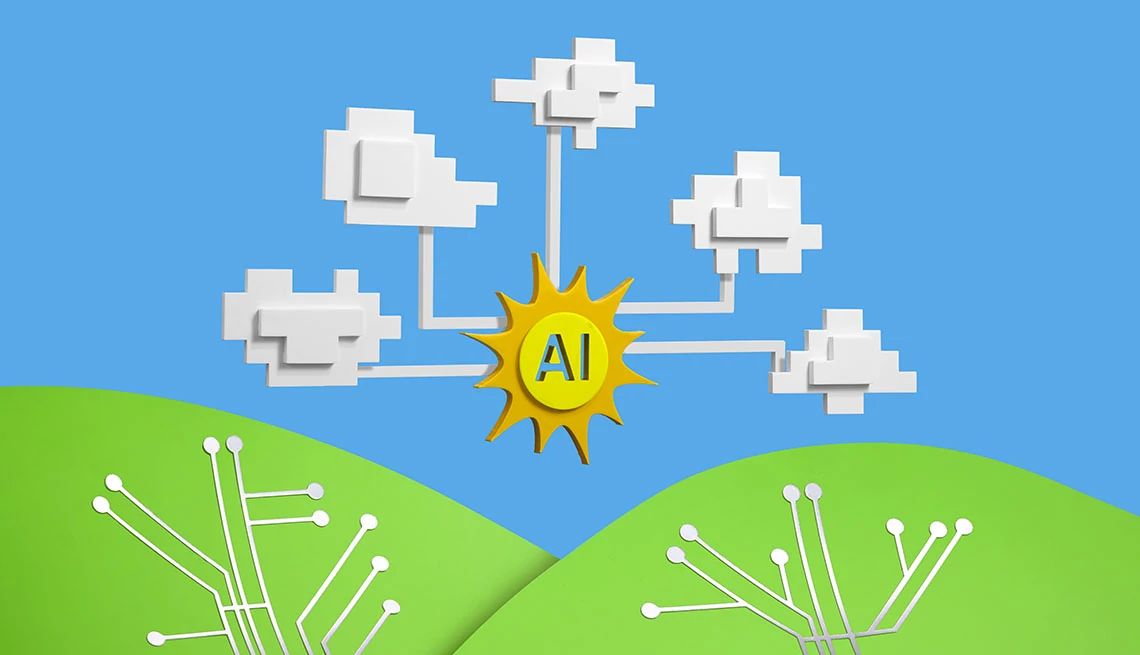AARP Hearing Center


It’s been more than two and a half years since “AI” became a buzzword. That’s when ChatGPT, a web-based chatbot from OpenAI that addresses your questions through artificial intelligence, debuted and ignited an AI arms race among Amazon, Google, Meta, Microsoft and other tech giants.
The race is heating up.
On August 7, OpenAI launched ChatGPT-5, which it says represents a "significant leap in intelligence," and which is being made available to all 700 million ChatGPT users, including people on a free plan.
Meanwhile, Microsoft, long an investor in OpenAI, is bringing GPT-5 to users of its own Copilot AI offerings.
But AI had been around for years — decades, really — before that, and the technology, largely under the hood, has many applications.
AI is a chief reason you can snap pictures with your smartphone and blur the background while keeping the main subject in focus. It’s why you can ask smart speakers for a recipe or weather forecast. And AI powers search and product recommendations.
Meanwhile, AI agents are starting to emerge that can shop or perform other tasks on your behalf, down to making a payment.
“There isn't a part of your life that AI doesn’t touch and won’t touch,” says Shelly Palmer, professor of advanced media in residence at the S.I. Newhouse School of Public Communications at Syracuse University and chief executive of the Palmer Group consulting firm.
Older adults find AI exciting but scary. AARP's AgeTech Collaborative recently conducted focus groups on AI with a cross-section of adults 40-plus. The Collaborative works with tech startups, many of which leverage AI to improve health and wellness, emotional support, communications and socializing among older adults.


































































More From AARP
How to Shop Online Using AI
Uncover deals with these three AI-powered assistants
AI Tools: Navigating Systems with Ease
AI tools streamline customer service tasksInnovations for Enhanced Living as You Age
Safety, independence are possible by leaning into tech